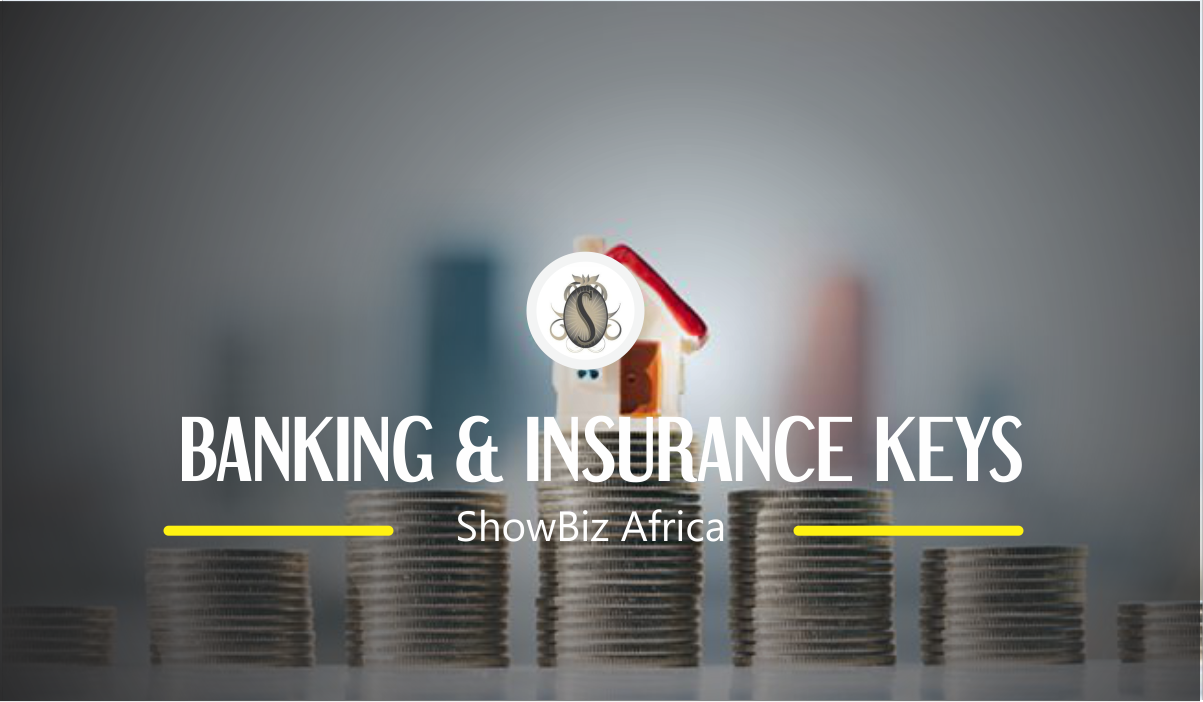Getting Help for Private Student Loans
Private student loans are a growing portion of education debt in the United States. Unlike federal student loans which offer income-driven repayment and forgiveness programs, most private student loans have fixed monthly payments and little flexibility.
This can become difficult for borrowers, especially graduates who are unemployed or underemployed.
When facing challenges with private student loan payments, it’s essential to understand your options for assistance. Though limited compared to federal loans, there are ways to lower or postpone payments through refinancing, alternative repayment plans, deferment and forbearance periods, hardship assistance, and even forgiveness programs in certain fields.
This comprehensive guide covers all the key methods for getting help with burdensome private student loan debt. We’ll provide an overview of private loan basics, refinancing and consolidation approaches, both short and long term relief programs, and the limited forgiveness options.
We’ll also share expert strategies for navigating private lenders to maximize chances for loan adjustments and payment reductions during times of financial hardship or distress.
Whether you’re having issues making monthly payments or simply want to find ways to optimize and lower the cost of a heavy private student debt burden, use this guide to educate yourself on the relief programs and assistance options that exist.
Understanding Private Student Loans
Before diving into relief options, it’s helpful to understand the key characteristics of private student loans and how they differ from federal student loans.
The Main Differences
- Source of Funding – Private loans are issued by banks, credit unions, state agencies, schools or other private institutions. Federal loans come directly from the government.
- Interest Rates – Private loans typically have higher variable interest rates while federal loan rates are set by Congress. The current 2022-23 rate for federal undergraduate loans is 4.99% compared to 8 – 12% for private lenders.
- Repayment Terms – Federal loans offer income-driven repayment plans and loan forgiveness programs. Most private lenders just have fixed monthly payments over 5-15 years.
- Borrower Protections – Federal loans offer deferment, forbearance and loan discharge options for economic hardships, permanent disabilities, and public sector roles. Many private loans lack hardship protections all together outside of one time “hardship” assistance that can be limited.
Common Private Lenders
Some of the largest national private student loan lenders include Sallie Mae, College Ave, SoFI, Wells Fargo, Discover, PNC, Ascent, and some credit unions. Interest rates vary across companies based on credit scores and other eligibility factors like graduating school or having a co-signer.
What is Credit Score?
A credit score is a three-digit number that gives lenders a quick snapshot of your creditworthiness and ability to repay a loan. The most common credit scoring models range from 300-850.
Your credit score is calculated based on the information in your credit reports from the three major credit bureaus (Experian, Equifax and TransUnion). Factors that influence your score include:
- Payment history – Whether you pay your bills on time, including credit cards, auto loans, student loans and mortgages. This makes up a significant portion of a credit score. Missed or late payments can lower your credit score.
- Credit utilization – How much of your available credit you are using. Using more than 30% of your total credit limit can negatively impact your credit score.
- Credit age and mix – The average age of your credit accounts and mix of credit types (revolving credit like credit cards as well as installment loans like mortgages or student loans). Generally, the longer your credit history and more mix of accounts the better.
- Hard credit inquiries – When potential creditors “check” your credit by accessing your credit report. Too many in a short period can lower your score temporarily.
In most cases, the higher your credit score, the better the terms and interest rates available to you from lenders for loans and credit cards. Having bad or no credit history and a low score makes it harder to qualify for loans or requires asking someone with good credit to cosign the loan with you.
Monitoring and maintaining a healthy credit profile over time is important to ensure access to credit products with the best rates.
Overall private student loans lack many of the borrower safeguards and protections that come with federal loans. This makes it even more critical to understand the options that do exist for relief when facing difficulties with repayment.
Refinancing and Consolidating Private Loans
Two common approaches for managing private student loan costs are refinancing and consolidation. Here’s an overview of how each option works and when it can make sense to pursue them.
Should You Refinance Your Private Student Loans?
Refinancing replaces your current private loans with a new loan at different terms, typically for a lower monthly payment or interest rate. Some key considerations around refinancing include:
- Interest Rates – What new interest rate can you qualify for based on income, credit score and other factors? How much money can this save over the loan repayment term?
- Fees – Some lenders charge origination fees of 1-5%. This closes the rate gap. Do the math on true savings.
- Eligibility – Income, employment history and cosigner strength determine options. Those with the best credentials get better offers.
- Loan Terms – Will refinancing adjust the repayment timeline significantly? Make sure monthly payments still fit your budget.
In general, refinancing makes the most sense when someone’s financial position has improved significantly since they first got the loans.
This allows them to meet the credit score and income requirements for better rate deals from private lenders.
Private Student Loan Consolidation Explained
Consolidating combines multiple private student loans into one new loan, similar to federal direct loan consolidation. This can simplify billing and qualifying for improved repayment programs with some key impacts:
- The consolidated interest rate is a weighted average of old rates. This could raise or lower the total rate. Run the numbers carefully.
- Loan terms get reset, sometimes adding years to repayment.
- Any variable rate loans switch to fixed rates which eliminates uncertainty.
Consolidation enables access to repayment programs tied to having all loans with one servicer. However, the financial impact of extended terms or interest rate changes should factor into the decision. Analyze closely based on your personal loan data.
Lowering Private Student Loan Payments
For borrowers struggling with high monthly payments, some alternative repayment programs can provide relief. Private lenders also offer short-term deferment and forbearance options in limited cases.
Private Student Loan Repayment Options
Most private lenders have repayment options that allow you to adjust monthly payment amounts by extending the length of the loan. Common options include:
- Standard Repayment – Fixed monthly payments for 5-15 years.
- Graduated Repayment – Payments start low and increase gradually over the loan term.
- Extended Repayment – Stretches payments over 25-30 years for a lower monthly cost, but higher total interest paid.
- Income-Driven Repayment – Base payment on annual income, only offered by a limited number of lenders.
Switching repayment structures can create some breathing room in a tight budget. However, longer loan terms mean more interest paid over the full duration.
Carefully weigh the long-term costs before committing to an alternative payment schedule. Income-driven plans may provide the best safety net for those facing financial struggles.
Deferment and Forbearance for Private Loans
Deferment and forbearance allow you to temporarily suspend making monthly loan payments under certain circumstances. Here are some key differences:
- Deferment – Postpones payments during school, graduate fellowship, unemployment, military service. Interest may still accrue.
- Forbearance – General temporary payment reduction granted at lender discretion. Interest always accrues.
These options provide short-term relief for a few months to a year. They need to be actively renewed and aren’t a permanent payment solution. As interest continues growing during both, it can negatively impact total repayment costs.
Getting Temporary Relief
In addition to short-term deferment and forbearance, some private lenders offer longer hardship assistance and protection for specific life events. The COVID-19 pandemic also sparked new relief policies that may still apply on a case-by-case basis.
Hardship Programs and Assistance
Most private student loan companies have some form of hardship program to help borrowers through temporary financial difficulty due to:
- Loss of job
- Medical expenses
- Death in the family
- Divorce
- Natural disaster displacement
Programs vary widely across lenders but some examples of relief include:
- Lower interest rates
- Extended repayment timeline
- Lump sum payment deferrals
- Smaller monthly payments
Certain programs also exist for those entering public service fields or active military service. These can include reduced rates, payment postponement, or loan forgiveness if deployed to combat zones.
COVID-19 Relief for Private Borrowers
At the federal level, the CARES Act from March 2020 established emergency relief for federal student loan borrowers including:
- Suspending loan payments
- Halting collections on defaulted loans
- Setting interest rates to 0%
Private student loans weren’t covered under the Act. However, many lenders voluntarily enacted their own assistance policies during 2020 and 2021 such as:
- Auto-enrolling eligible borrowers in emergency forbearance
- Expanding existing hardship-based relief programs
- Waiving late fees
- Offering empty nest payment reductions
- Allowing employer student loan repayment funds to apply to loans in forbearance
If facing financial struggles, check with your lenders about any remaining COVID-19 relief options they can offer. Simple outreach can uncover assistance programs that aren’t heavily advertised.
Long-Term Forgiveness and Discharge
Options for completely cancelling or discharging private student loans are very limited compared to federal loan forgiveness programs. The main avenues include teacher loan forgiveness and trying to file for bankruptcy.
Forgiveness Programs for Private Loans
The Teacher Loan Forgiveness Program offers up to $17,500 in loan cancellation for teachers in low-income schools after 5 consecutive years of service. This applies to both federal and private student loans.
Candidates must teach full-time at a Title I elementary or secondary school and meet other subject-matter eligibility criteria. Forgiveness amounts differ based on when you began teaching.
Outside of teaching, there are currently no other widespread private student loan forgiveness options. Preparing for consistent monthly payments is key when taking out these loans unless entering qualified public service fields.
Discharging Private Loans in Bankruptcy
Filing for Chapter 7 or Chapter 13 bankruptcy does NOT discharge private or federal student loans automatically. However, it is possible to contest loan obligations during bankruptcy using an “Undue Hardship Petition.”
The borrower must prove repaying student debt would cause severe life limitations. Many courts use the Brunner Test criteria:
- You cannot maintain a basic standard of living based on income and expenses.
- Your situation is likely to continue in the long-term future.
- You have made good faith past efforts to repay the loans.
Meeting all three prongs is challenging but provides a path to total private loan discharge through an adversarial court process. Consult experienced bankruptcy lawyers to assess options.
While not as flexible as federal student loans, there are ways to get assistance with burdensome private loan debt. Key takeaways include:
Refinancing and Consolidation
- Can lower monthly payments but watch out for higher total interest costs from extended terms
- Best bet for those whose income or credit score has improved
Alternative Repayments
- Extended, graduated and income-based programs create short-term budget relief
- Adds to total interest costs in the long run
Deferment and Forbearance
- Lets you pause payments temporarily but interest keeps growing
Hardship Programs
- Each lender has different hardship assistance options like lower rates or smaller payments
- Must qualify based on unforeseen circumstances
Forgiveness Programs
- Teacher loan forgiveness offers up to $17,500 after 5 years of qualifying service
- Bankruptcy student loan discharge is possible but very challenging
While not ideal, understand these options provide safety nets if you hit critical financial issues that threaten on-time private loan payments.
Be proactive communicating with your lender instead of defaulting or ignoring issues. They want to get repaid, so showing good faith efforts goes a long way whenever assistance is needed.






